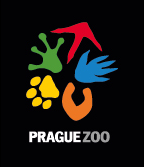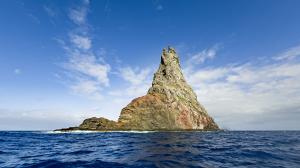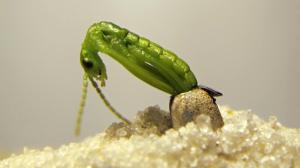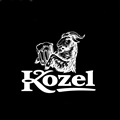The Ball’s Pyramid exhibit at Prague Zoo
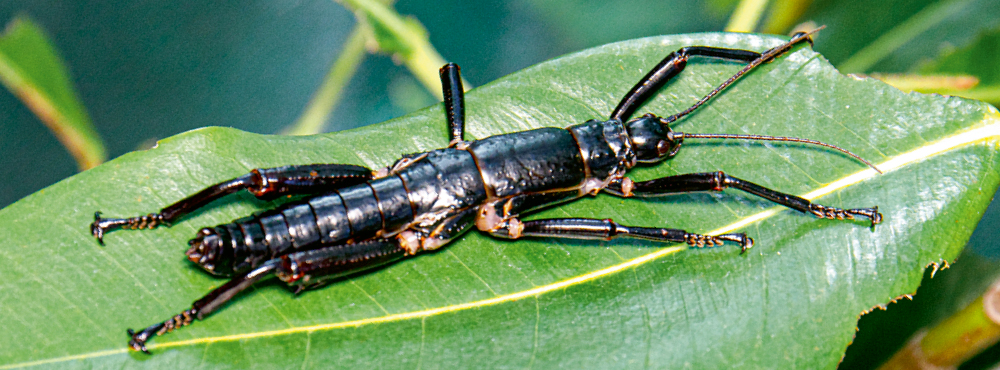
In the unique Ball’s Pyramid exhibit, you will see both the Lord Howe Island stick insects themselves, which were long considered an extinct species, and a scaled-down model of the rocky sea stack where they survived. Discover the story of faith, enthusiasm, and immense effort that has been put into saving a species that nearly disappeared from the world forever!
 The model of Ball's Pyramid was created using a 3D printer at a scale of 1:200, and its height is 2.8 metres. The actual pyramid is 562 metres tall. Photo: Miroslav Bobek, Prague Zoo
The model of Ball's Pyramid was created using a 3D printer at a scale of 1:200, and its height is 2.8 metres. The actual pyramid is 562 metres tall. Photo: Miroslav Bobek, Prague Zoo
The Ball's Pyramid exhibit was created in the space of the former Big Mammals House—specifically, in some of its outdoor enclosures. For decades, it was home to elephants, later serving as the base for the Animal Training Unit. Now, it houses the exceptionally rare stick insects.
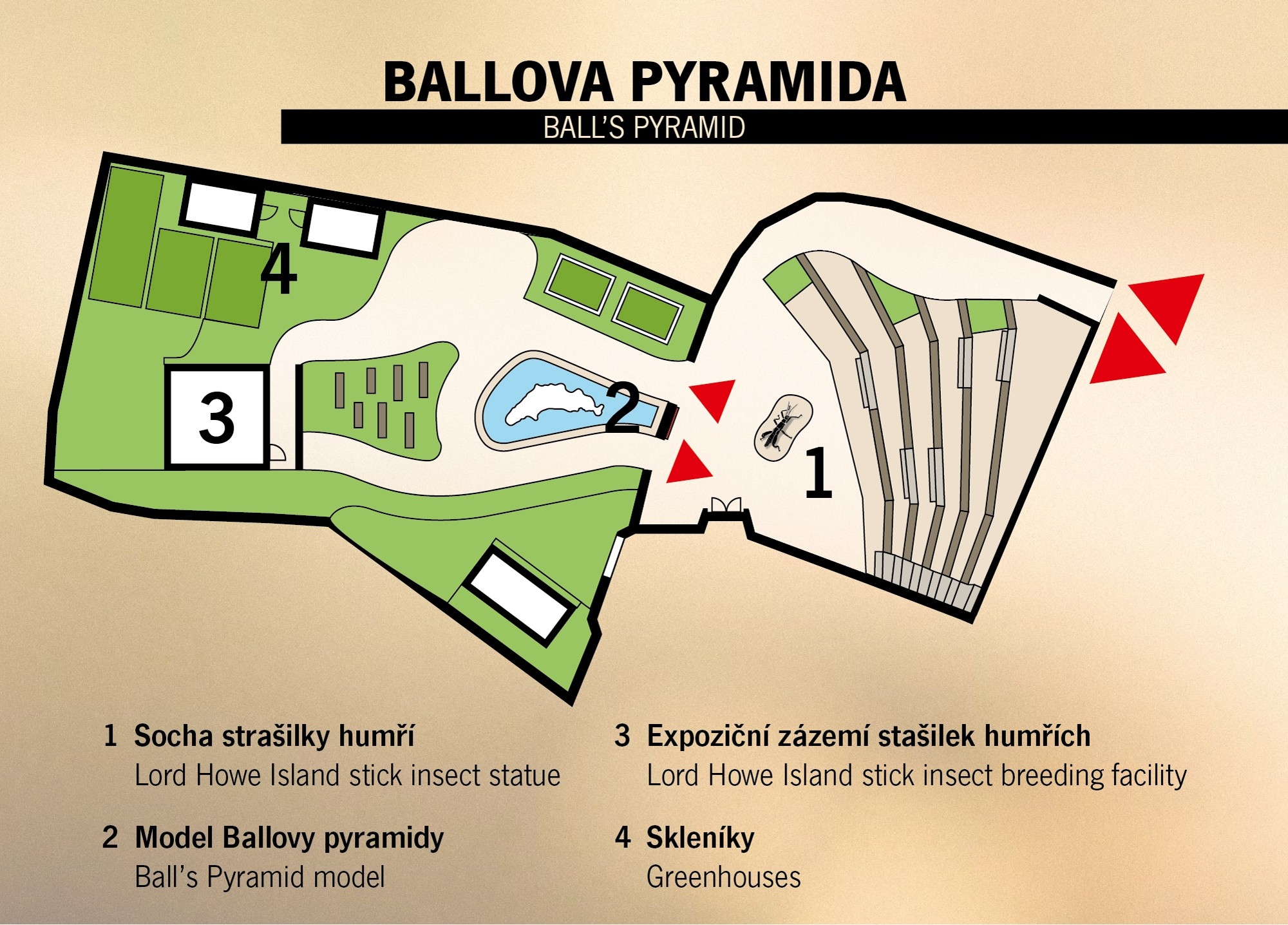
Big Mammals House
In 1973, Prague Zoo ceremoniously opened the Big Mammals House, which became home to elephants, hippos, pygmy hippos, tapirs, and rhinos. At the time, it was the largest pavilion in Czechoslovakia, and during the 1970s, visitors could see a unique group of seven elephants, including not only Asian and African elephants but even a forest elephant.
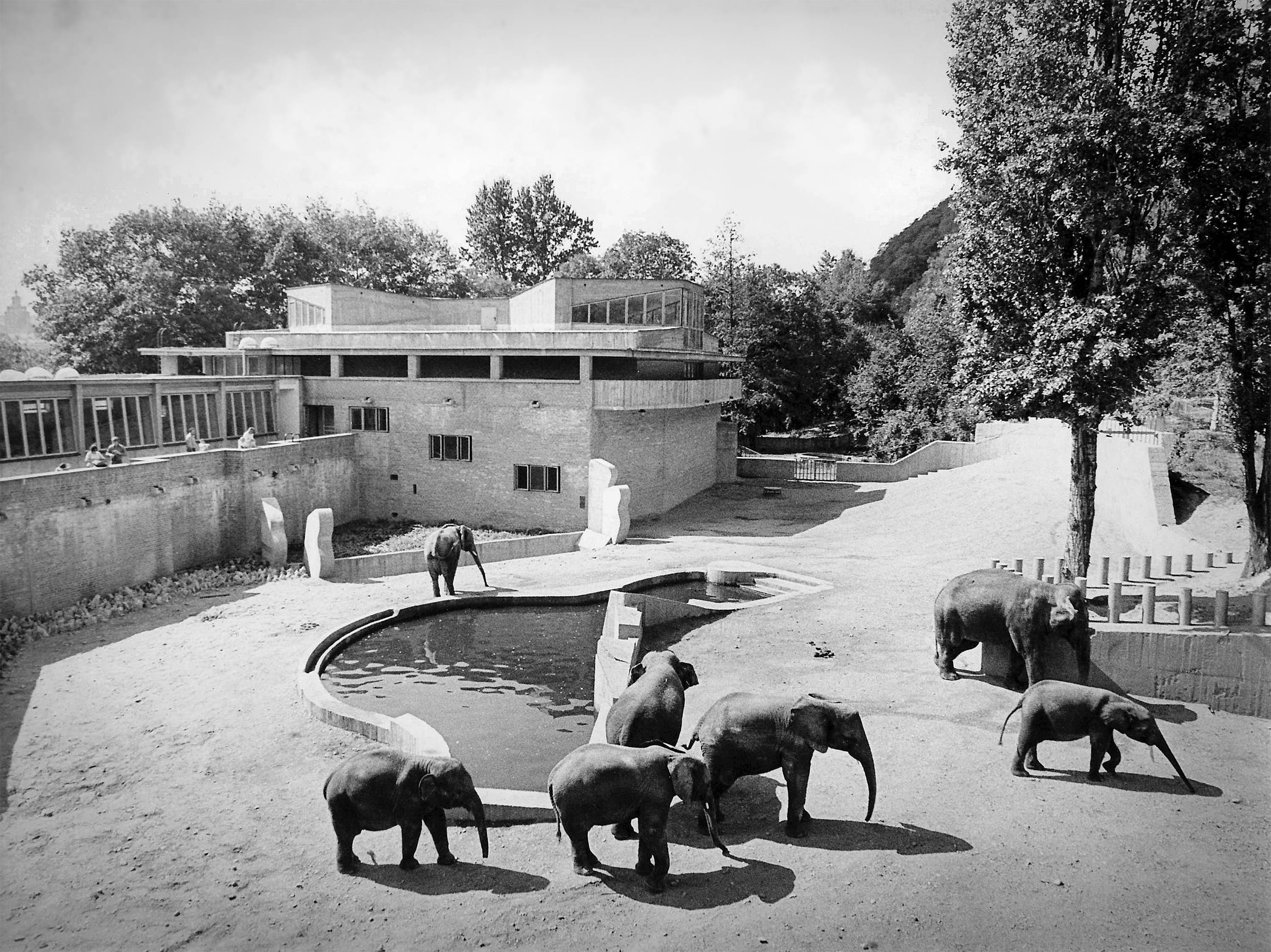
Photo: Jiří Felix archive
The elephant enclosure has undergone several transformations, including the addition of a separate enclosure for an adult male, the elevation of the female enclosure, and the construction of stairs for the elephants to descend from the raised enclosure to the stables.

In the past, keepers worked with elephants in direct contact. Today, training remains an essential part of the elephants’ lives but is conducted through “protected contact”, with a barrier separating the animals from the keepers. Photo: Prague Zoo archive
A larger part of the Ball's Pyramid exhibit is situated in the former male elephant enclosure, created by modifying and expanding the original tapir enclosure. When needed, it could be connected to the adjacent female enclosure through a gate, but it also allowed the male to be kept separate from the herd—just as in the wild, where adult male elephants mostly live solitary lives.
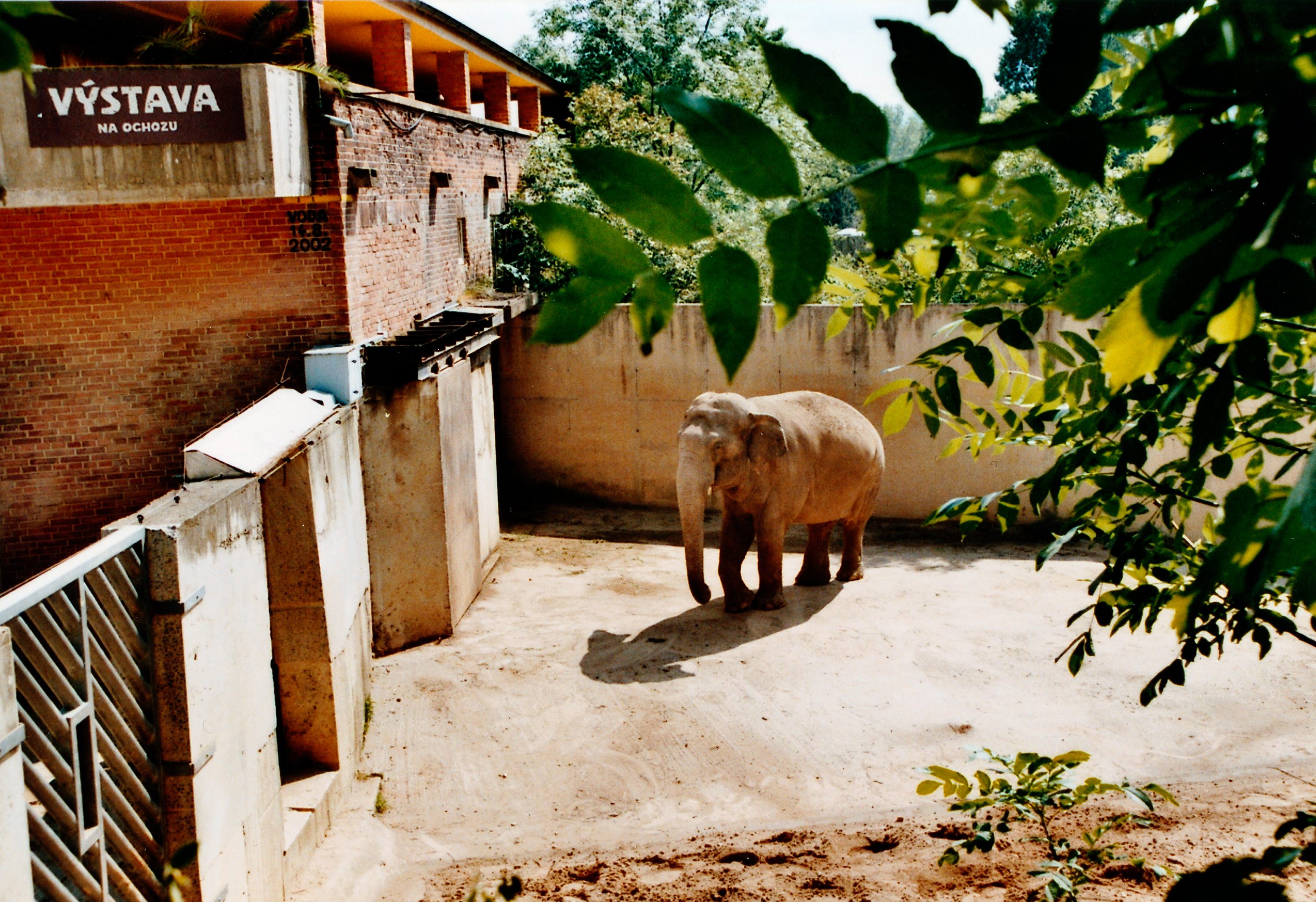
Male elephant enclosure. Photo: Pavel Seitz
In August 2002, Prague, including the zoo, was hit by a 1,000-year flood. The Big Mammals House was flooded up to the observation gallery, and the animals had to be evacuated. Unfortunately, the male elephant Kadíra, due to his aggressive nature, could not be moved to safety and became one of the victims. These tragic events led to the construction of a new complex for elephants and hippos in the protected upper part of the zoo.
Amphitheatre
Although the elephants and hippos moved out of the Big Mammals House in 2012, it did not remain empty for long. In 2014, the former female elephant enclosure was transformed into the Bororo Reserve play area, and the stairs leading to the stables were converted into seating for the new amphitheatre, where visitors could watch animal training demonstrations. In the former male elephant enclosure, the Animal Training Unit found the space it needed for its operations.

Photo: Petr Hamerník, Prague Zoo

The Lord Howe Island stick insect (Dryococelus australis) originally inhabited Lord Howe Island, lying in the Tasman Sea, at the southern edge of the Pacific Ocean, approximately 700 km northeast of Sydney. It is crescent-shaped, formed from an eroded volcano, and measures 12 km in length and 3 km in width.
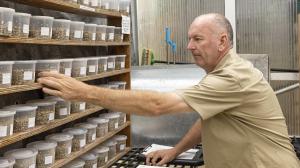
After the discovery of the live Lord Howe Island stick insects on Ball’s Pyramid in 2001, it was decided to establish a conservation breeding programme for the species. Over the years, a total of five specimens were collected from the sea stack. Thanks to the dedication and immense efforts of conservation teams working to...
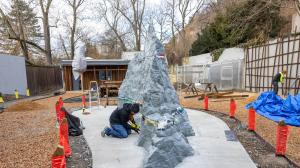
In the unique Ball’s Pyramid exhibit, you will see both the Lord Howe Island stick insects themselves, which were long considered an extinct species, and a scaled-down model of the rocky sea stack where they survived. Discover the story of faith, enthusiasm, and immense effort that has been put into saving a species that...
ZOOPRAHA.CZ
Contacts
- The Prague zoological garden
U Trojskeho zamku 120/3
171 00 Praha 7
Phone.: (+420) 296 112 230 (public relations department)
e-mail: zoopraha@zoopraha.cz
Others
